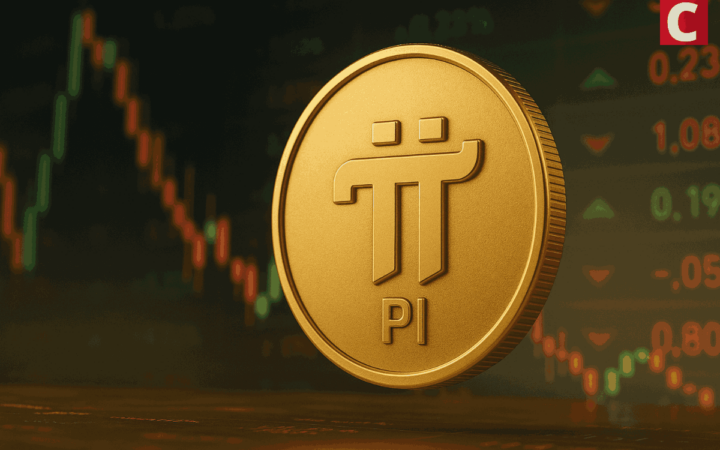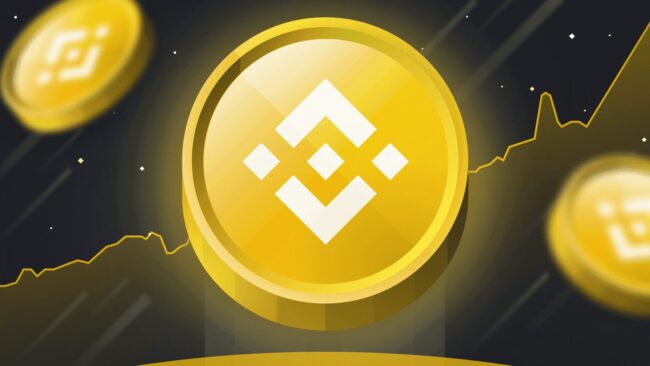Singapore’s industrial powerhouse Jurong Island is making a major shift toward sustainability, dedicating nearly 300 hectares of land – roughly 10 percent of the entire island – to clean energy projects and green technologies.
The massive transformation was announced Sunday by the JTC Corporation and Economic Development Board during the Singapore International Energy Week conference. The allocated space, equivalent to more than 400 football fields, will house new energy solutions, including hydrogen and ammonia-powered facilities.
Additionally, the island will become home to Singapore’s biggest low-carbon data center park, with 20 hectares set aside specifically for this purpose. This area, about the size of 25 football fields, can support up to 700 megawatts of power capacity for computing facilities.
Minister Tan See Leng, who oversees energy and science policy, told attendees that specialty chemical companies are showing growing interest in expanding their Singapore operations. This trend reflects rising regional demand for higher-quality products.
“Jurong Island will be a global test bed for new energies and low-carbon technologies,” Dr. Tan said. He explained that these technologies include fuels like ammonia and hydrogen, which don’t release carbon dioxide when burned, plus carbon capture systems.
The government plans to unveil its 2030 research and innovation strategy in 2026, aimed at significantly expanding development efforts to reduce carbon emissions across the power sector and industries.
“All these efforts ensure that Jurong Island continues to be home to great firms and creates meaningful career opportunities in the growing green economy,” the minister added.
New energy projects take center stage
Among the planned projects is a hydrogen-ready natural gas power plant and Singapore’s first facility using imported ammonia for both electricity generation and ship refueling. Earlier this month, officials announced that Keppel is leading a group planning to import cleaner ammonia fuel and construct a power plant producing up to 65 megawatts of electricity. This output could power more than 90,000 four-room public housing apartments for an entire year.
The designated areas for data centers and new energy projects are mainly located in the island’s southwest and northwest sections, with some portions still containing forests.
The transformation comes at a critical time. About one-third of Singapore’s greenhouse gas emissions originate from the refining and petrochemicals sector, which employs over 27,000 people across more than 100 companies on Jurong Island.
The global petrochemical industry faces challenges from oversupply and stricter climate rules. Government officials say these regulations and growing demand for sustainable products are speeding up decarbonization efforts.
“With its integrated ecosystem and strong industry base, Jurong Island is well positioned to be a premier test bed for developing, piloting and scaling new energies and low-carbon technologies,” the agencies stated.
Data center expansion drives green infrastructure
For the data center park, operators can tap into the island’s existing infrastructure, including shared energy storage systems and utilities, along with emerging clean energy sources. Singapore currently operates more than 70 data centers.
In 2024, the city-state announced plans to boost data center capacity by over one-third to meet growing computing demands driven by artificial intelligence development. However, new data center operators must increasingly adopt green practices, as these facilities consume massive amounts of electricity and water.
At least 300 megawatts of data center capacity will be added across Singapore in coming years, with additional capacity for operators using green energy. Facilities can reduce their environmental impact by using energy-efficient equipment, adopting low-carbon fuels like ammonia, and safely raising operating temperatures to 26 degrees Celsius to cut air-conditioning energy use.
Next year marks 25 years since Jurong Island’s creation. In 2021, authorities launched a plan to transform the island into a sustainable energy and chemicals hub, setting 2030 targets for increasing sustainable goods production, improving energy efficiency at local refineries and crackers, and implementing carbon capture technology.
Providing a progress update, JTC and EDB reported that sustainable product output has risen 1.4 times above 2019 levels, putting Singapore on track to achieve a 1.5 times increase by 2030.
Examples include French company Arkema’s polymers made from castor beans and Japanese firm Kuraray’s recyclable food packaging material starting production in 2026.
Since 2021, EDB has granted funding to 35 industry projects through the Resource Efficiency Grant for Emissions program. Companies including German chemicals manufacturer Evonik, US oil giant ExxonMobil, Linde and Air Liquide received awards for projects exploring energy efficiency and decarbonization solutions.
These 35 projects are expected to reduce more than 340 kilotonnes of carbon dioxide annually when completed – equivalent to removing 80,000 cars from roads.
If you’re reading this, you’re already ahead. Stay there with our newsletter.
Source: https://www.cryptopolitan.com/singapore-asias-largest-green-data-center/


